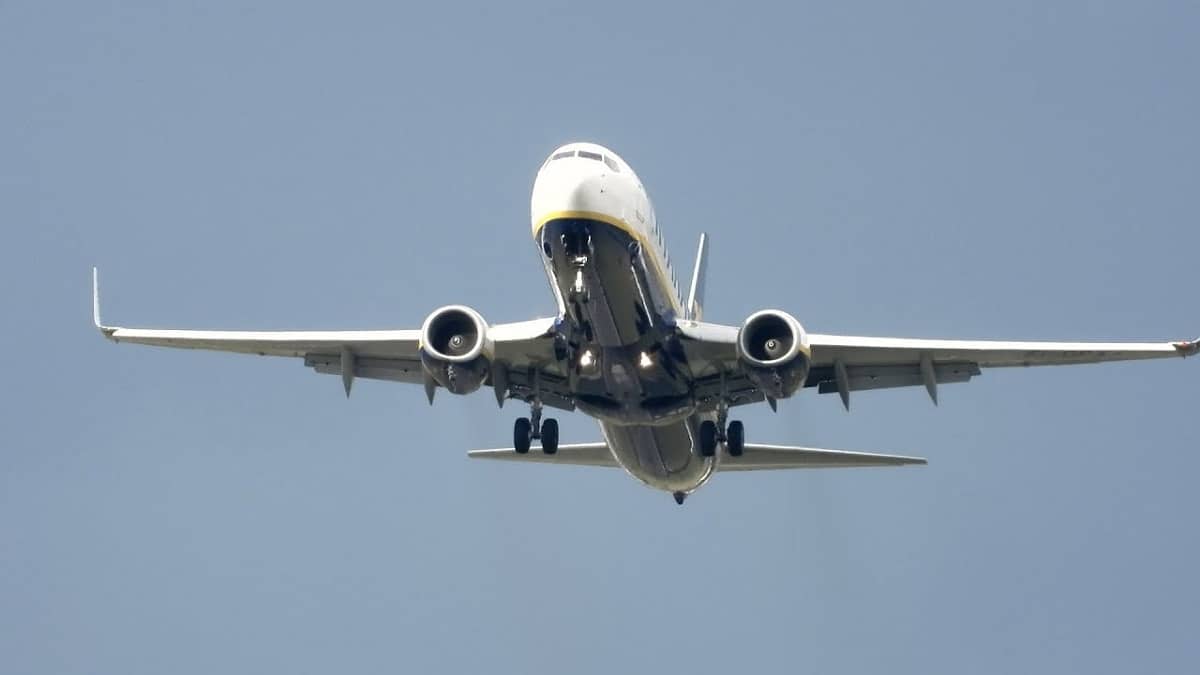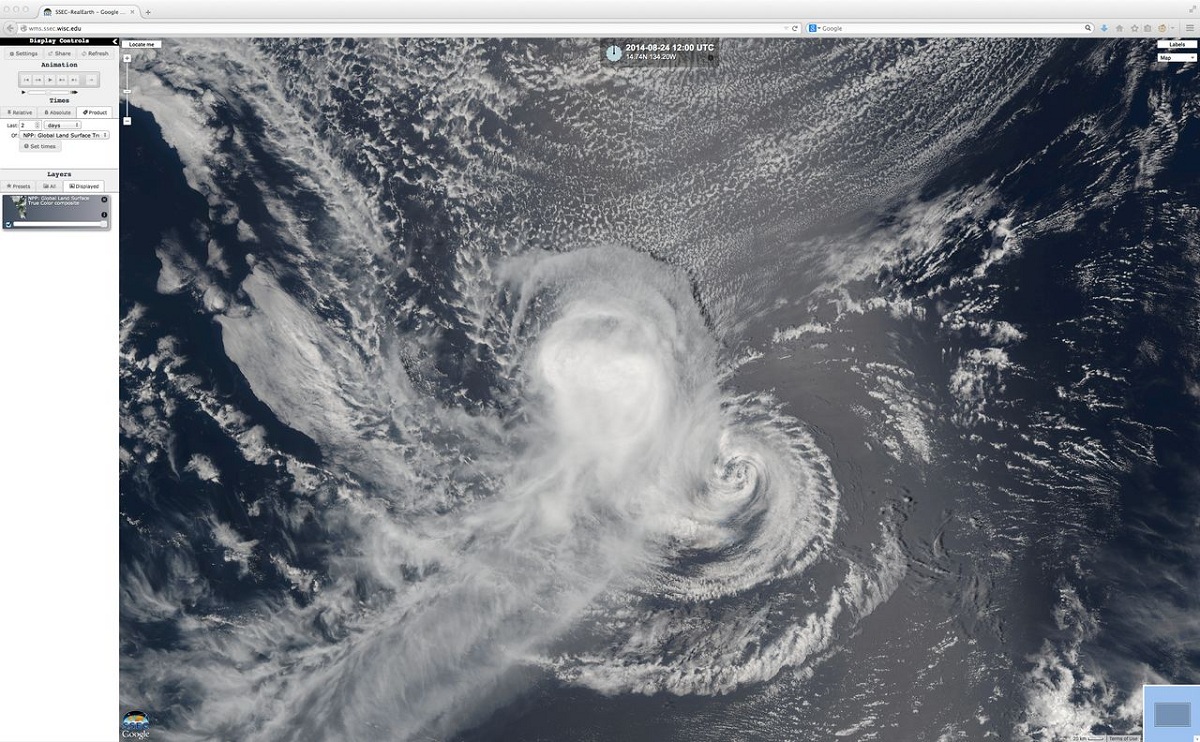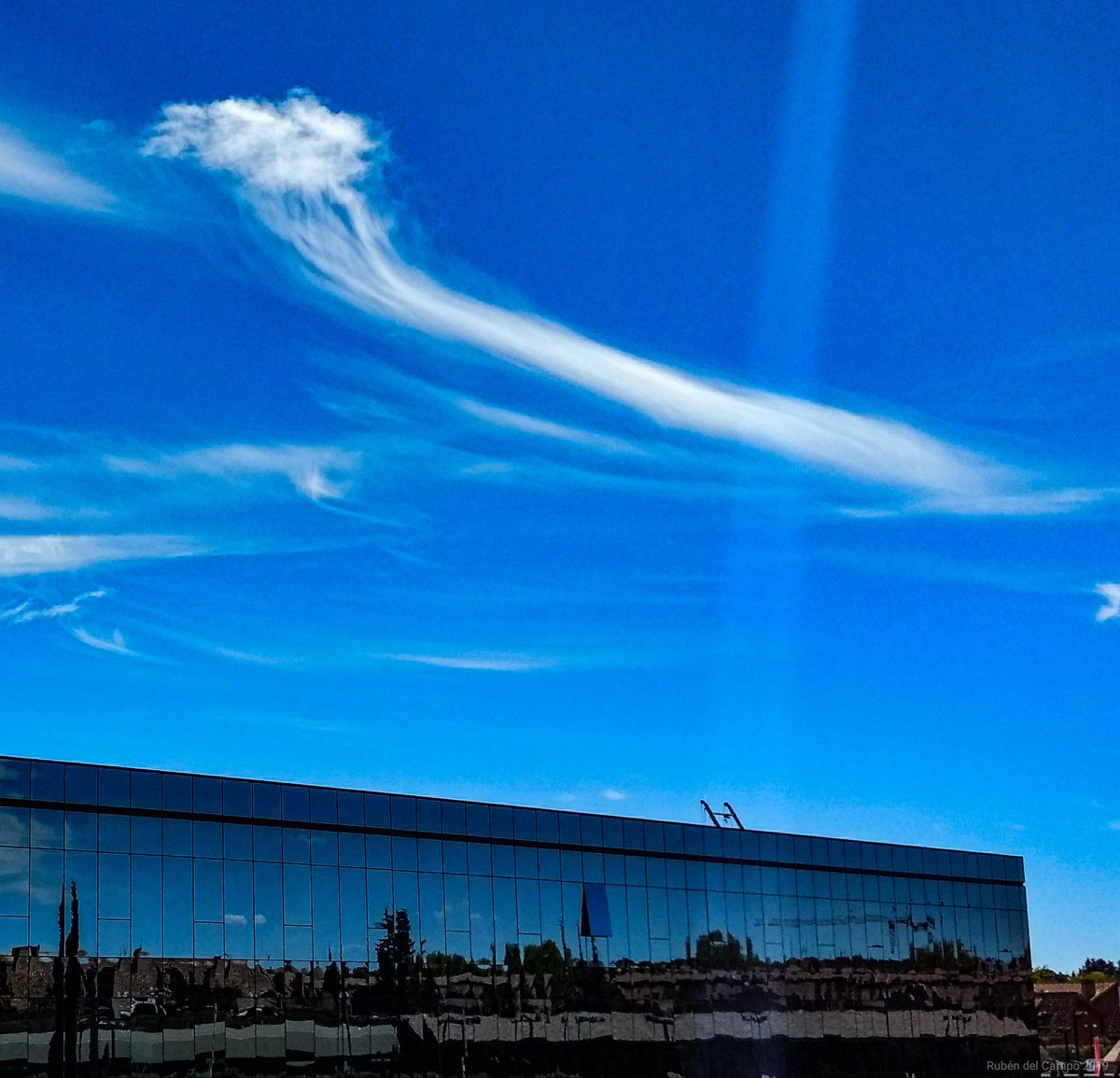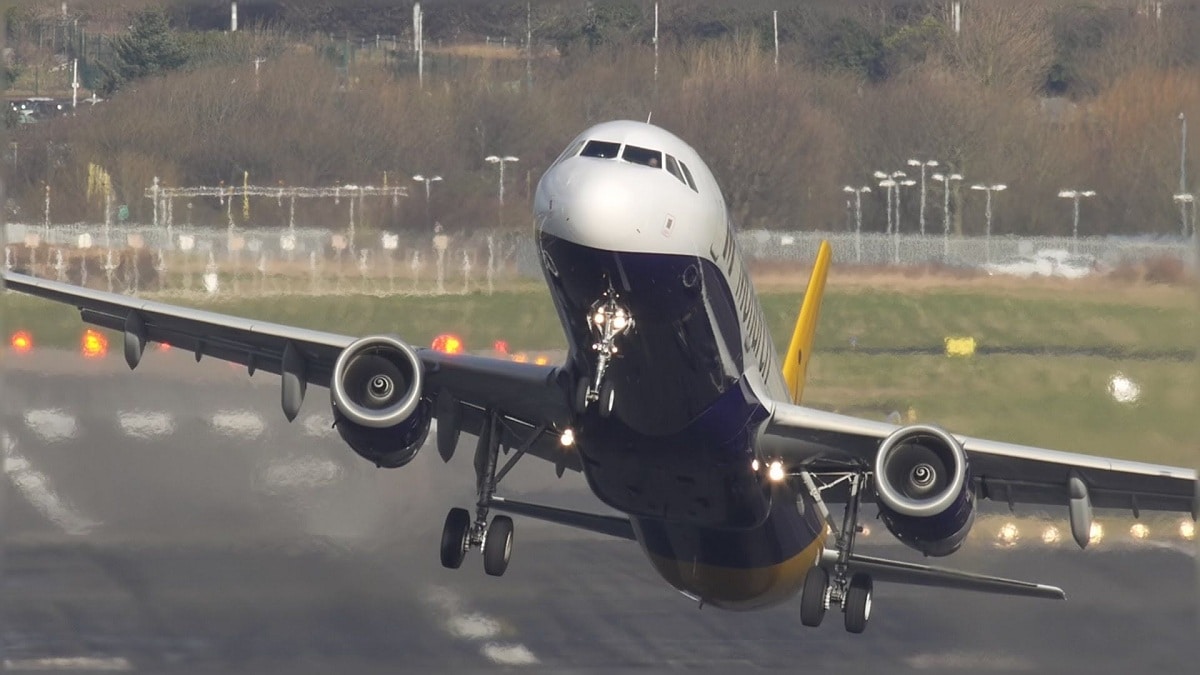
Today we are going to talk about one of the most dangerous meteorological phenomena for aviation. It's about the shear. Among air accidents that are caused by meteorology and environmental conditions, shear enters. Only less than 10% of accidents are caused by the weather. Even so, this phenomenon is the second cause, behind icing, that produces accidents.
In this article we are going to tell you all the characteristics, origin and consequences of shear.
Key features

The first of all is to know what shear is. It is also known by the name of wind shear and is the difference in wind speed or direction between two points in the earth's atmosphere. Depending on whether the two points are at different attitudes for different geographic locations, the shear can be vertically or horizontally.
We know that the wind speed depends mainly on the atmospheric pressure. The direction of the wind goes according to the atmospheric pressure. If in a place there is a low atmospheric pressure, the wind will go towards that place since it will "fill" the existing gap with new air. Wind shear can affect the flight speed of an airplane during take-off and landing disastrously. It must be borne in mind that these two phases of flight are the most vulnerable.
The wind gradient can seriously affect these bases of flight. It is also a dominant factor that determines the severity of storms. Depending on the wind flow, speed and atmospheric pressure, you can tell the severity of a storm. An additional threat is turbulence that is frequently associated with shear. There is also an influence on the development of tropical cyclones. And it is that this change in wind speed affects numerous meteorological variables.
Atmospheric situations of shear

Let's see what are the main atmospheric situations that we can find with this meteorological phenomenon during aviation or simply in the atmosphere:
- Fronts and frontal systems: Significant wind shear can be observed when the temperature difference across a front is 5 degrees or more. It should also be moving at about 15 knots of speed or more. Fronts are phenomena that occur in three dimensions. In this case, the facing shear can be observed at any height between the surface and the tropopause. We remember that the troposphere is the region of the atmosphere where meteorological phenomena take place.
- Obstacles to flow: When the wind blows from the direction of the mountains, a vertical shear can be observed on the slope. This is a change in wind speed as air tends to move up the mountainside. Depending on the atmospheric pressure on the speed that the wind initially carried, we can see a greater or lesser speed increase.
- Investments: If we are on a clear and quiet night, an inversion of the radiation is formed near the surface. This inversion indicates that the surface temperature is lower on the earth's surface and higher at altitude. Friction does not affect the wind above it. The wind change can be 90 degrees in direction and up to 40 knots in speed. Some low-level currents can be observed at night. Density differences can also cause additional problems in aviation. Let's not forget that density is an important factor acting in the direction of the wind.
Shear and aviation

We are going to see what happens when this meteorological phenomenon takes place and we go on a plane. At first glance it is quite difficult to identify. Eta means that flight pilots do not have it too easy to identify these types of meteorological phenomena. In the aviation reports, pilots are well informed about the situation in the face of this type of phenomenon so that they can be prepared and can take effective solutions. In fact, many airplanes have their own shear detector.
When you find an area where the direction of the wind changes completely in the middle of takeoff or landing, the best that can be done is not to change the configuration of the plane and to put maximum power. In case of landing, it is better to abort the maneuver and climb before entering the area. In each case, it must be taken into account that it is a complicated situation to handle, since nerves can also play a bad game.
The cause of this phenomenon is varied and mainly influences the local conditions of each airport. The orography of the surrounding terrain is responsible for diverting the flow or wind. For example, in the Canary Islands, airports are affected more or less frequently due to the important relief of the archipelago. It is here where we see that some phenomena are more frequent for airplanes that land in these areas.
Changes in angle
Let's imagine an airplane flying straight and level that is in a zone of atmospheric flow in a downward direction. Due to the inertia it has, the plane will momentarily stay at a constant speed and trajectory with respect to the Earth. During all this time, the effective current around its wings is already aligned with its flight path, but it will have acquired a vertical component. The cell will experience a negative charge and the pilot will be restrained by the harness while the seat will collapse under him.
After the initial entry into the downstream, the energy effects increase and the aircraft recovers its adjusted angle by itself. In this way, they continue to color normally, unless the new flight path incorporates a rate of descent relative to Earth. That is, equivalent to downward airflow or drift now includes an upward vertical component.
I hope that with this information you can learn more about shear and its characteristics.